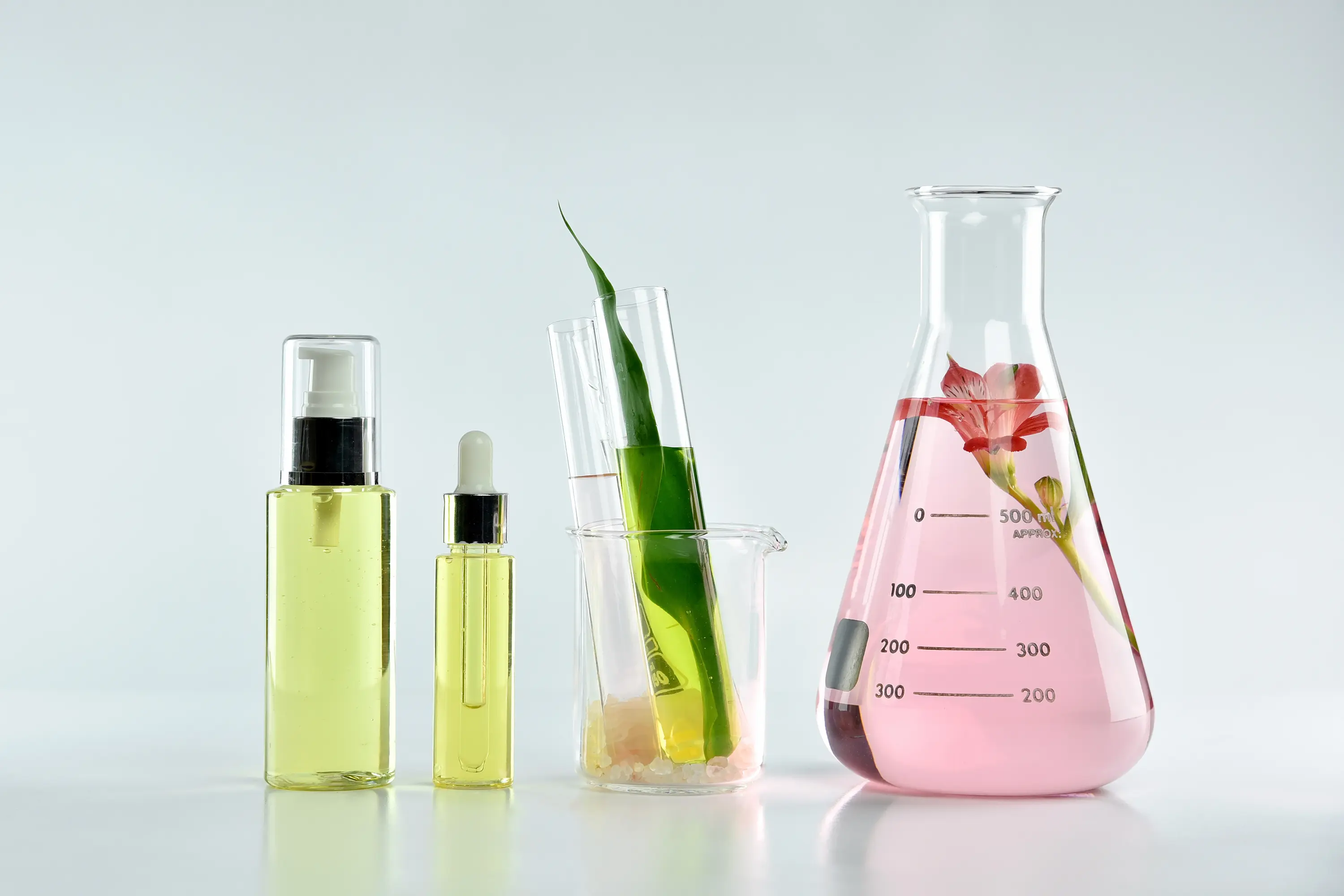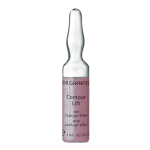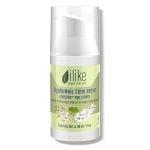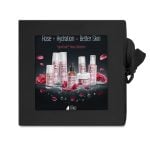

Organic Skin Care For Mature Skin
Each of us ages at the same rate. After all, none of us gets to turn the calendar more slowly than anyone else. But if that’s true, why do some people show the signs of aging so much more gradually and gently than others, especially in the quality of their skin? How can two people of the same age reveal the effects of aging so differently?
Genetics has quite a bit to do with it, of course. Aging skin follows the same pattern for all of us, but the rate at which various changes to the skin’s surface and subdermal levels become apparent can be drastically different from one person to the next.
Environmental factors may be just as responsible. Poor diet, unhealthy levels of exposure to UV radiation, and insufficient sleep can divert the body’s attention from maintaining skin’s health and put it on high alert for external damage.
Fortunately, several age correctives can help restore vitality to aging skin. Before we look at those therapies, though, let’s take a closer look at why and how skin ages in the first place.
How Does Skin Age?
Aging is simply change over time, so let’s run back to the start of the timeline and look at what makes babies’ skin so full and smooth.
Oils and waxes secreted by the sebaceous glands combine to form sebum, which creates a thin film called the acid mantle on the outermost edge of a baby’s skin. This film retains moisture, preventing skin from drying out; it also represents the body’s first defense against bacteria.
After the acid mantle is established, it is reinforced by other processes, most notably sweat produced by the sudoriferous glands and dead skin cells. Roughly two weeks after birth, new skin cells begin arriving to replace those that have dried up and died; these dead skin cells knit together and heighten the acid mantle’s effectiveness before being replaced and sloughing away.
In babies the dermis, the large layer of skin beneath the epidermis, is rich with collagen, a strong, flexible protein that connects the epidermis to deeper tissues and gives our skin its shape in the bargain. Along with a wealth of collagen, a newborn’s dermis contains more and healthier capillaries—the tiny blood vessels lying close to the skin’s surface—than at any other time of life.
When our skin ages, sebum production slows down (with the exception of our adolescent years when, most of us remember, it goes a bit haywire), reducing the acid mantle’s effectiveness. Our once-plentiful stores of collagen dwindle. Our capillaries can become constricted, inhibiting the production of new skin cells and allowing dead skin cells to stay around past their usefulness. These changes manifest themselves in various ways, usually along the lines of the dreaded big three: fine lines and wrinkles, sagging skin, and pigmentation (or sunspots).
Fine lines and wrinkles are often due primarily by the skin’s reduced ability to produce enough hydration, and the acid mantle’s reduced ability to retain what moisture the skin has. This often has to do with reduced production of sebum, either by virtue of clogged glands or by the reduction in the size of sebaceous glands by a shrinking collagen matrix.
Sagging skin is usually a sign of a rapid diminishment of collagen. Like any other tissue, collagen is renewed over time by the replacement of old cells by new ones. Because it appears as a network of interwoven strands, when one strand of collagen is incompletely renewed, it can fail to support the overlying epidermis the way it once had, leading to deep creases or sagging.
Pigmentation issues are often directly related to increased damage by UV radiation or other external factors. The acid mantle itself is no match for sustained exposure to direct sunlight, and direct sunlight can be especially damaging to the organelles responsible for producing melanin, the compound that gives skin its color. When melanin production is made irregular, pigmentation issues such as sunspots or age spots result.
What to Do About Aging Skin?
As you might have noticed, the market is full of skin therapies promising to reverse the symptoms of aging. These can be loosely grouped into four categories: penetrative, structural, chemical, and topical.
Penetrative approaches include laser treatment and microneedling. Each works by strategically damaging the collagen matrix lying beneath the skin, prompting the body into emergency production of more collagen. When performed carefully, these therapies can indeed result in tighter, less saggy skin and a reduction in fine lines…after a considerable amount of discomfort and a lengthy recovery process. Worse still, they must be performed regularly to maintain the desired effect.
Structural remedies for aging skin include dermal fillers, facelifts, and thread lifts. Each offers much longer-lasting results than the other approaches mentioned here, with a much higher risk of complication and much longer and more painful recovery times. Dermal fillers involve the injection of special gel into carefully chosen areas of the skin, usually in the face. Traditional facelifts involve removing skin from out-of-the-way locations and pulling the remaining skin taut before reattaching it. Threadlifts achieve much the same effect by pulling skin tighter with small sutures tipped with specially designed barbs implanted beneath the skin’s surface.
Chemical peels have been around for centuries. Designed to remove much of the cuticle, or layer of dead skin cells, while doing minimal damage to underlying tissue, they can greatly reduce the appearance of fine lines and wrinkles by returning the cuticle to its more youthful depth. Skin cells might be tiny, but when too many of them stay put for too long, they can greatly exaggerate the appearance of fine lines and wrinkles. At the same time, peels may invite further problems by leaving the skin too open to external damage, and may not be effective at all if the production of new skin cells is so inhibited that the body cannot take advantage of the suddenly increased rate of turnover.
For an increasing number of patients, topical treatments such as Eminence Coconut Age Corrective Moisturizer produce the healthiest, most comfortable, and longest-lasting results. While some topical creams offer little but traditional moisturizing agents, this new generation of topical treatments stimulates collagen production by restoring youthful levels of the chemicals responsible for generating new collagen and elastin, which binds the dermis to the tissues underlying the skin.
Treatments like Eminence’s are based around a combination of retinoids and ascorbic acid. Retinoids mimic vitamin A both chemically and functionally, as regulators of cell growth. When applied topically, they can trigger the creation of new fibroblasts, the structures that create collagen and elastin. Ascorbic acid, or vitamin C, is responsible for triggering fibroblasts to produce new tissue. Any fibroblast in the skin’s collagen matrix can produce new collagen, but only when instructed to. Ascorbic acid does so, completing the job begun by the retinoids found in new-generation topical treatments.
Eminence’s moisturizer is an especially apt example because it also adjusts the skin’s pH level. As we age, the acid mantle responsible for providing our skin’s first line of defense changes, often becoming less acidic. Full-spectrum topical therapies like the Eminence product lower pH, restoring the acidity that helps dead skin cells slough off naturally.
More options are available today than ever. Just a couple of generations ago, chemical peels and surgical facelifts were the only ways for most people to restore our skin to a somewhat youthful appearance. Today’s alternatives include some high-tech approaches, but the best, safest, most scientifically sound approach of all might just come in a two-ounce jar.






